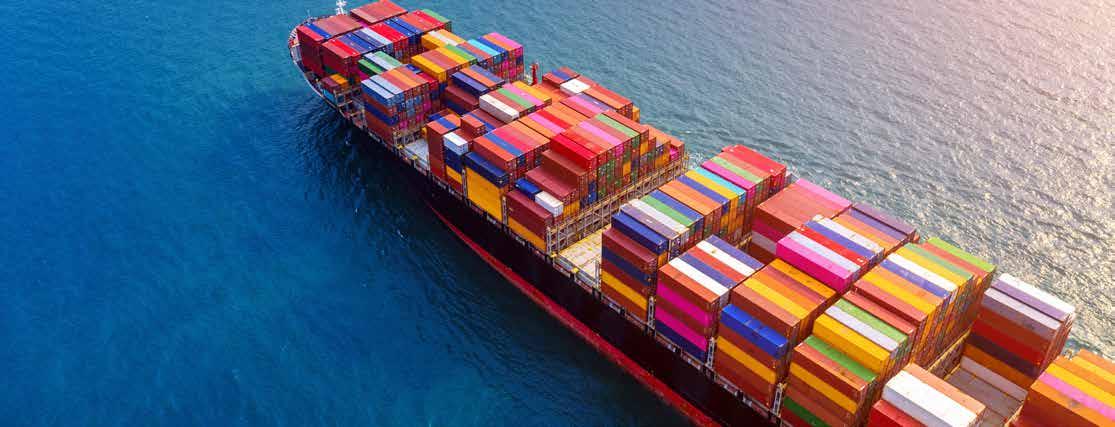
1 minute read
Shipping on the mend
Just over three years ago Covid struck and the country – like most of the world –went into lockdown. Much has happened since then, including marked disruption to many markets, both domestic and global.
Vehicle manufacturers struggled to get the components they need to meet demand; there’s a mismatch in food production and demand –but that is also a function of Brexit and the war in Ukraine; and the cost of shipping goods hit an astronomical peak.
It’s the latter point that’s particularly interesting. Take Drewry’s composite World Container Index. It measures the bi-weekly ocean freight rate movements of 40ft containers in seven major maritime areas; its data is expressed as an average price per 40ft container (in US$).
Back in early December 2019 a container cost around $1450 – a relative low over the preceding two years which saw peaks of $1800. But this was nothing as rates, which initially were stable around the $1800 mark, rose, almost exponentially – barring a flat quarter at the start of 2021 – to a stratospheric $10400 in September 2021.
But since the world started to reopen in February 2022, albeit in stages, the price has dropped back to the (new) norm of around $2000.
So what happened? Well it’s important to recognise that the 2021 peak was purely the result of a dysfunctional market where ports were either closed or running at below efficiency; containers were invariably stuck where they were needed least and resurgent demand left firms wanting to move goods paying whatever it took.
90% of containers are made in China – a country stuck in perpetual lockdowns – and it was unable to meet the new demand. It didn’t help that because the cost of shipping was low few new containers were ordered. Thus, when demand for containers spiked the global economy was faced with the classic supply and demand problem as prices rose.
All of this taught firms moving goods around that maybe, for the short term at least, paying spot rates for freight is likely to prove a better bet than signing long term contracts. Similarly, shipping companies are having to rethink their operations to cut costs and change tack as lower prices mean lower revenue. Maersk and MSC are two such firms. They established an alliance in 2015 to share cargo on major ocean routes prompting competitors to create similar partnerships. However, this will cease in 2025 to allow each to pursue individual strategies. Maersk wants to focus on becoming










